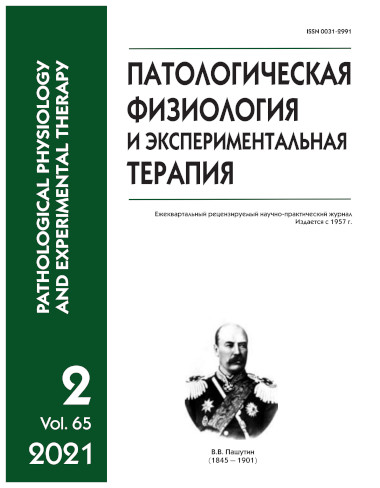Comprehensive assessment of peripheral innervation and microcirculatory function in local cold trauma
Abstract
Cryotrauma is relevant due to a large number of patients, the complexity of treatment, the likelihood of severe complications, and long-term disability. The aim was to assess oscillations in microcirculation and peripheral innervation during regional cold injury, and to form a prognostic model according to the severity of limb injury. Methods. Studies were carried out in 35 patients with III-IV degree local cold injury of a leg. Non-invasive laser Doppler flowmetry was performed with a LAKK-02 device, and peripheral innervation was evaluated by cutaneous electroneuromyography with a Neurosoft Neuro-VMP device. The patients were divided into 3 groups depending on the injury. Results. Despite the hypothetical, functional relationship between skin microcirculatory blood flow and the degree of frostbite of the affected tissue, no statistically significant association was detected (p > 0.05), which indicates a more complex genesis of the cold-induced pathology. However, there were pronounced changes in neural activity in this tissue. Neuropathy increased with increasing injury. Conclusions. In patients with local cold trauma there is a decrease in the bioelectric activity of the muscles in the damaged tissue.






